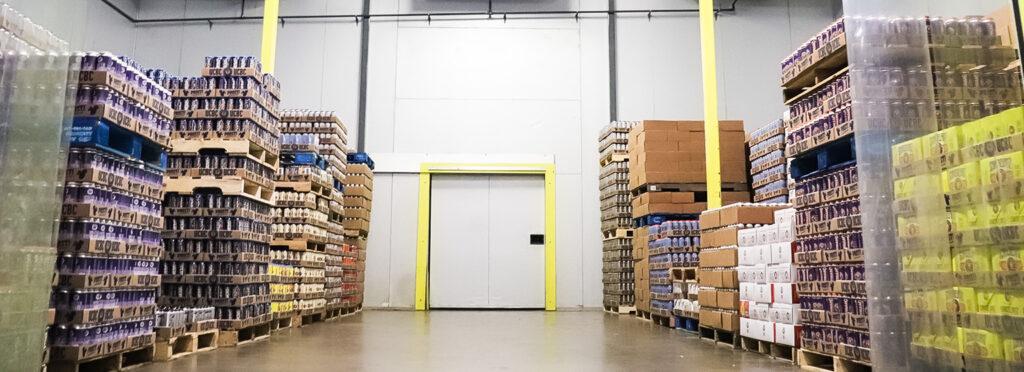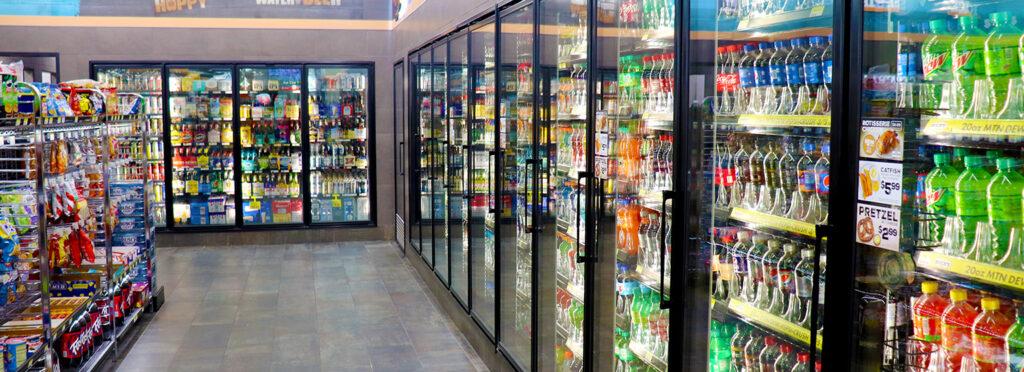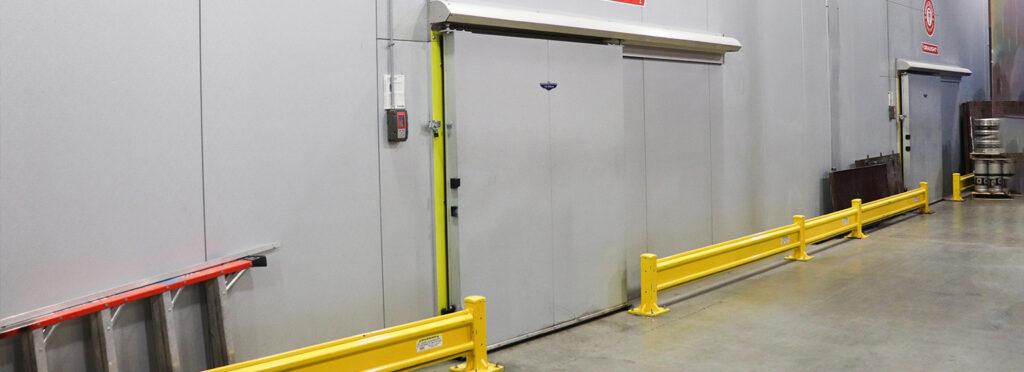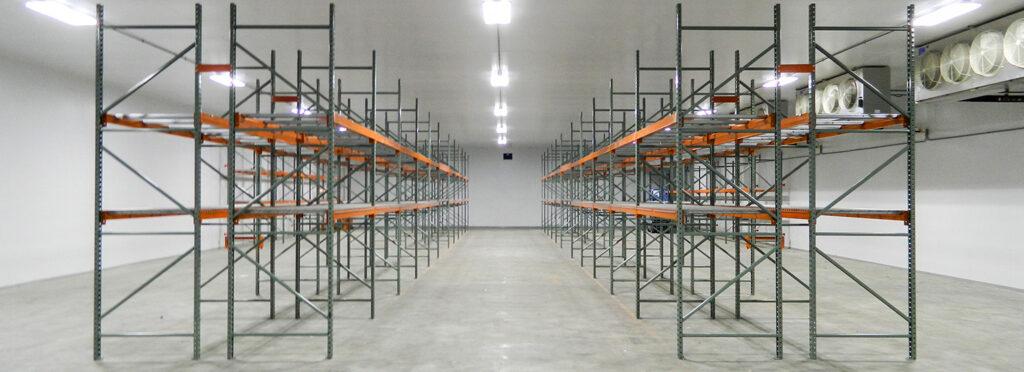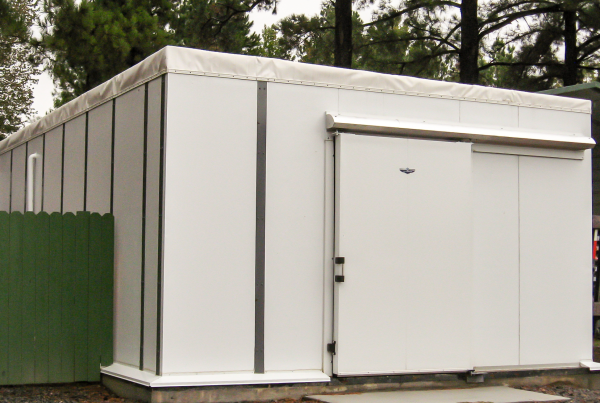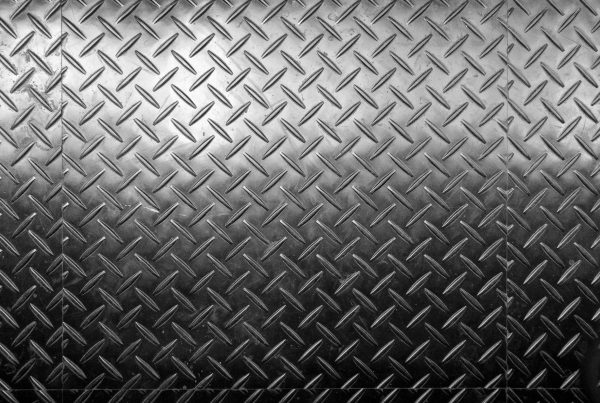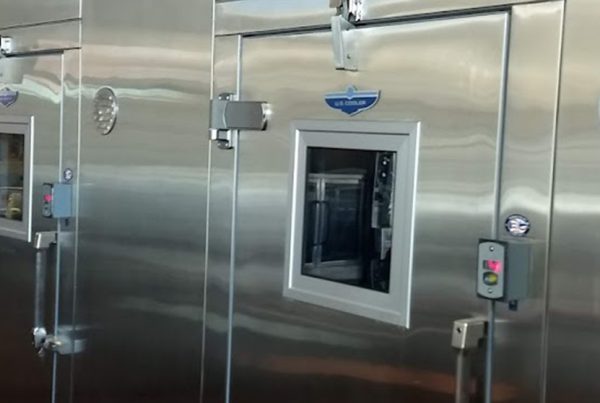A walk-in cooler is a large refrigerated room that can store food, beverages, flowers, or other perishable items at a low temperature. Walk-in coolers are essential for many businesses, such as restaurants, grocery stores, florists, and catering services. However, installing a walk-in cooler is not a simple task. It requires careful planning, preparation, and professional assistance to ensure optimal performance and safety.
In this blog post, we will discuss some of the benefits of having a walk-in cooler, as well as some of the challenges and risks involved in installing one. We will also provide some tips and best practices for choosing the right walk-in cooler for your needs and hiring a qualified installer.
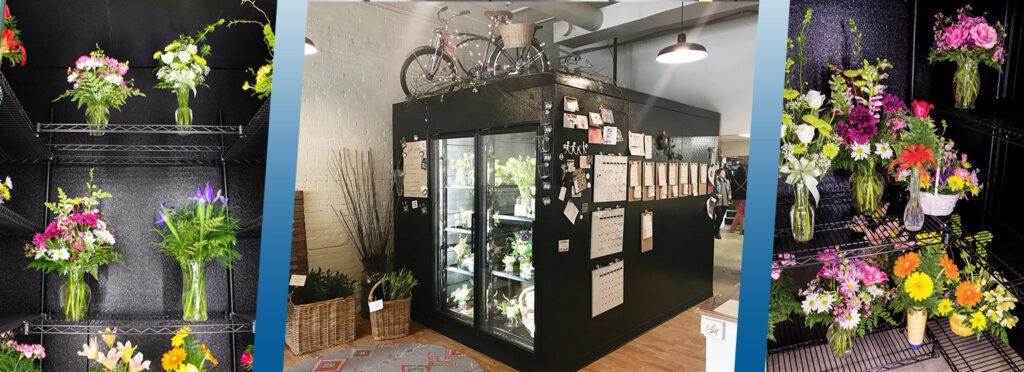
Benefits of having a walk-in cooler
A walk-in cooler can offer many advantages for your business, such as:
- Increased storage capacity: A walk-in cooler can store more items than a standard refrigerator or freezer, allowing you to keep more inventory on hand and reduce waste.
- Improved organization: A walk-in cooler can help you organize your products by category, date, or temperature, making it easier to find what you need and avoid spoilage.
- Enhanced quality and freshness: A walk-in cooler can maintain a consistent temperature and humidity level, preventing bacteria growth and preserving the quality and freshness of your products.
- Reduced energy costs: A walk-in cooler can be more energy-efficient than multiple smaller refrigerators or freezers, especially if it is well-insulated and properly maintained.
Challenges and risks of installing a walk-in cooler
Installing a walk-in cooler is not a DIY project. It involves complex electrical, plumbing, and mechanical work that should only be done by licensed and experienced professionals. Some of the challenges and risks of installing a walk-in cooler include:
- Choosing the right size and location: A walk-in cooler should fit your space and your storage needs, without obstructing traffic or ventilation. You should also consider the climate and weather conditions of your area, as well as the local codes and regulations for refrigeration systems.
- Preparing the site: A walk-in cooler requires a level, sturdy, and waterproof floor that can support its weight and prevent condensation. You may also need to install drainage, insulation, lighting, shelving, and security systems.
- Connecting the components: A walk-in cooler consists of two main components: the refrigeration unit and the evaporator coil. The refrigeration unit is usually located outside the building or on the roof, while the evaporator coil is inside the cooler. These components need to be connected by copper pipes that carry refrigerant between them. The pipes should be properly sized, sealed, and insulated to prevent leaks and corrosion.
- Testing and troubleshooting: After installing a walk-in cooler, you should test its functionality and performance by checking the temperature, pressure, airflow, and noise levels. You should also monitor its energy consumption and maintenance needs. If you encounter any problems or issues with your walk-in cooler, you should contact your installer or service provider as soon as possible.
Tips and best practices for choosing and hiring a walk-in cooler installer
To ensure a successful installation of your walk-in cooler, you should follow these tips and best practices:
- Do your research: Before buying a walk-in cooler, you should compare different models, brands, features, prices, warranties, and reviews. You should also consult with your local health department or food safety authority to learn about the requirements and standards for walk-in coolers in your industry.
- Hire a reputable installer: You should look for an installer who has experience, certification, insurance, and references for installing walk-in coolers. You should also ask for a written estimate, contract, timeline, and guarantee for the installation project.
- Communicate your expectations: You should communicate your needs, preferences, budget, and goals to your installer. You should also ask questions and clarify any doubts or concerns you may have about the installation process or the operation of your walk-in cooler.
- Follow up and provide feedback: You should follow up with your installer after the installation is completed to ensure everything is working properly and to address any issues or complaints. You should also provide feedback on their service quality and customer satisfaction.
Conclusion
A walk-in cooler can be a valuable asset for your business if it is installed correctly and professionally. By following these tips and best practices, you can choose the right walk-in cooler for your needs and hire a qualified installer who can deliver a high-quality service. If you need more information or assistance with installing a walk-in cooler, please contact us today. We are happy to help you with your refrigeration needs.

